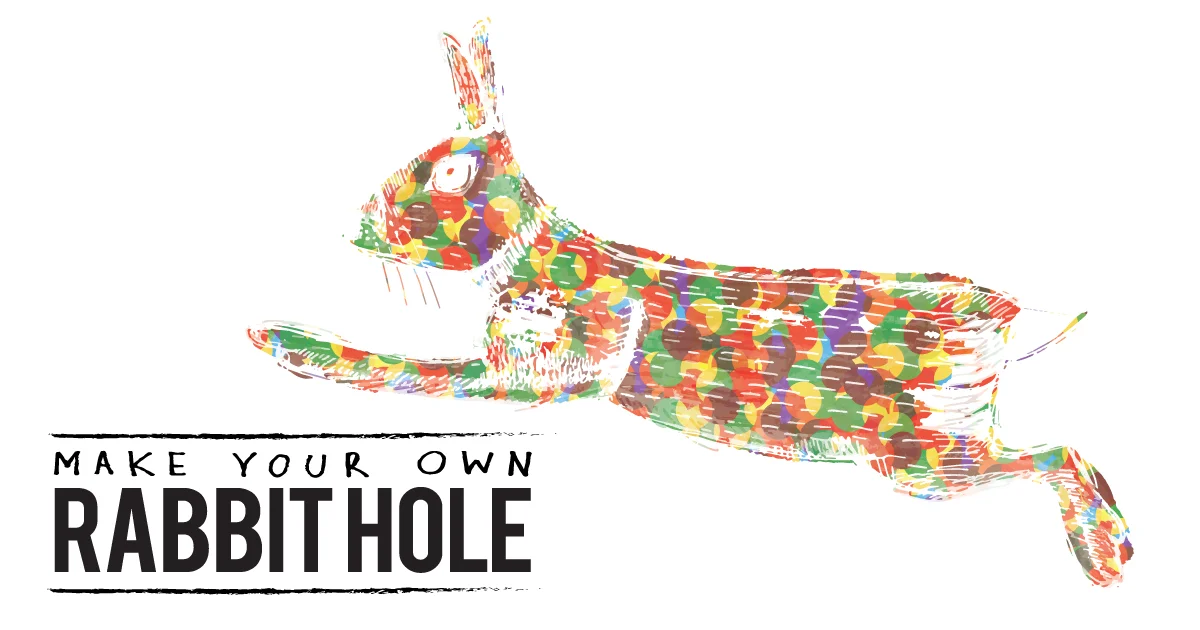Louise Bourgeois: Intimate connections
/This week, since I was writing about artist Louise Bourgeois, I had this impulse to get in touch with an old friend who I'll call A. I knew A. loved Bourgeois' work as much as I do, and I had this feeling that she—being a midwife and a mother—might have an unique perspective on what makes Bourgeois's art so compelling.
Me: I'm writing something short on Louise Bourgeois, and knowing you're a big fan too, I was curious why you like her—what attracts you to her work? She often seems to be making a comment on mothers and nurturing, and you being a midwife, I thought I'd ask if there's a connection for you.
A: First impressions—walking underneath Bourgeois' giant bronze spider sculpture outside the Tate Gallery when I was in London in 2000 was incredible! The spider was so huge and imposing. It was totally terrifying, but named "Maman".
Me: Like 'mama.'
A: Yeah.
To me, all I saw at first was a giant scary spider, but Bourgeois was describing with affection her mother, who was a tapestry and silk weaver. I was blown away.
I love Bourgeois' 'birth art': her line drawings, water colours and fabric sculptures.
They show the intimate connection between mother and baby like no other art that tries to tackle that theme.
More often than not birth art is about the spiritual connection between mother, father, or care provider, and the baby. But often they're too hippy, using way too many colours. Birth art can be ancient and tribal too. When I discovered Bourgeois birth works—thank you, Pinterest—I felt a connection to birth art for the first time.
I definitely feel Bourgeois is describing the intimate feeling of nurturing, especially nurturing and loving her own mother in the creation of "Maman." She explores the deeply personal connection between mother and child during pregnancy and birth. (She had three boys.) She often draws details of the female body, celebrating pregnancy and birth—always in feminine pink—in a raw and realistic way.
Me: I love what you said about "Maman"—about the feeling of beauty and terror. Is it the scale of the piece that does that?
A: The scale, yes, and it was at the entrance of the Tate! Oh, and I have mother issues. Joke!
Most importantly for me was the fact that she saw her mother as this intricate nurturing silk weaver, but sculpted her as a giant spider. It's almost twisted, but appeals to me.
Me: I think we've all got mummy problems—in beautiful and terrifying ways. I think Julia Kristeva had this great essay where she talks about children and mothers having to deal with the idea of being separate after being one organism for so long—one inside the other.
If you ever want to write something for the blog...
A: I'm not much of a writer.
However, I have a lot of stories about how I've turned my kids off having babies—I could write an apology for them.
I recently told my daughter about the umbilical cord that was attached to her belly button. I googled 'babies with umbilical cords' to show her. Not a great idea to do this in front of a little person. Not all the images were helpful or appropriate. Anyway, I managed to completely gross her out, and her big sister too. She dry retches at the thought!
I love the image of the mother still attached to her child. That is exactly how I feel as a mother. There is this pull—a constant awareness of your children.
Had I known then that Louise Bourgeois had done some beautiful and amazing work describing motherhood, pregnancy, birth and breastfeeding, I think my daughters would be happier knowing about the umbilical cord thing. I know this one is anatomically incorrect, but it's so beautiful and brilliant, and so different from the usual art around birth.
I'm not sure if it's the woman, or the mother, or the midwife in me that loves Bourgeois more.
Read more about Louise Bourgeois in part one of this issue: “How can I be you, Louise Bourgeois?”.












Painter Tracey Read talks about spending four weeks painting and drawing her way around Italy.